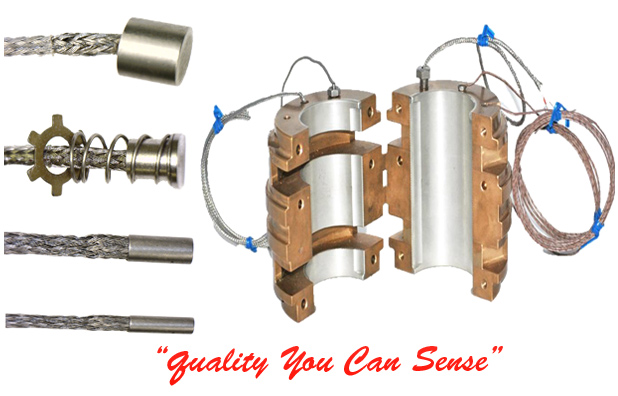Temperature transmitters, RTD, convert the RTD resistance measurement to a current signal, eliminating the problems inherent in RTD signal transmission via lead resistance. Errors in RTD circuits (especially two and three wire RTDs) are often caused by the added resistance of the leadwire between the sensor and the instrument. Transmitter input, specifications, user interfaces, features, sensor connections, and environment are all important parameters to consider when searching for temperature transmitters, RTD.
Transmitter input specifications to take into consideration when selecting temperature transmitters, RTD include reference materials, reference resistance, other inputs, and sensed temperature. Choices for reference material include platinum, nickel or nickel alloys, and copper. Platinum is the most common metal used for RTDs - for measurement integrity platinum is the element of choice. Nickel and nickel alloys are very commonly used metal. They are economical but not as accurate as platinum. Copper is occasionally used as an RTD element. Its low resistivity forces the element to be longer than a platinum element. Good linearity and economical. Upper temperature range typically less than 150 degrees Celsius. Gold and Silver are other options available for RTD probes - however their low resistivity and higher costs make them fairly rare, Tungsten has high resistivity but is usually reserved for high temperature work. When matching probes with instruments - the reference resistance of the RTD probe must be known. The most standard options available include 10 ohms, 100 ohms, 120 ohms, 200 ohms, 400 ohms, 500 ohms, and 1000 ohms. Other inputs include analog voltage, analog current, and resistance input. The temperature range to be sensed and transmitted is important to consider.
Important transmitter specifications to consider when searching for temperature transmitters, RTD, include mounting and output. Mounting styles include thermohead or thermowell mounting, DIN rail mounting, and board or cabinet mounting. Common outputs include analog current, analog voltage, and relay or switch output. User interface choices include analog front panel, digital front panel, and computer interface. Computer communications choices include serial and parallel interfaces. Common features for temperature transmitters, RTD, include intrinsically safe, digital or analog display, and waterproof or sealed. Sensor connections include terminal blocks, lead wires, screw clamps or lugs, and plug or quick connect. An important environmental parameter to consider when selecting temperature transmitters, RTD, is the operating temperature.
